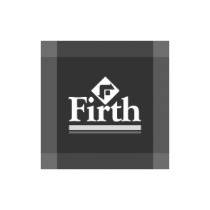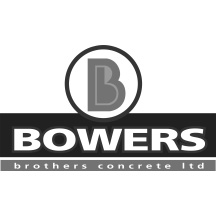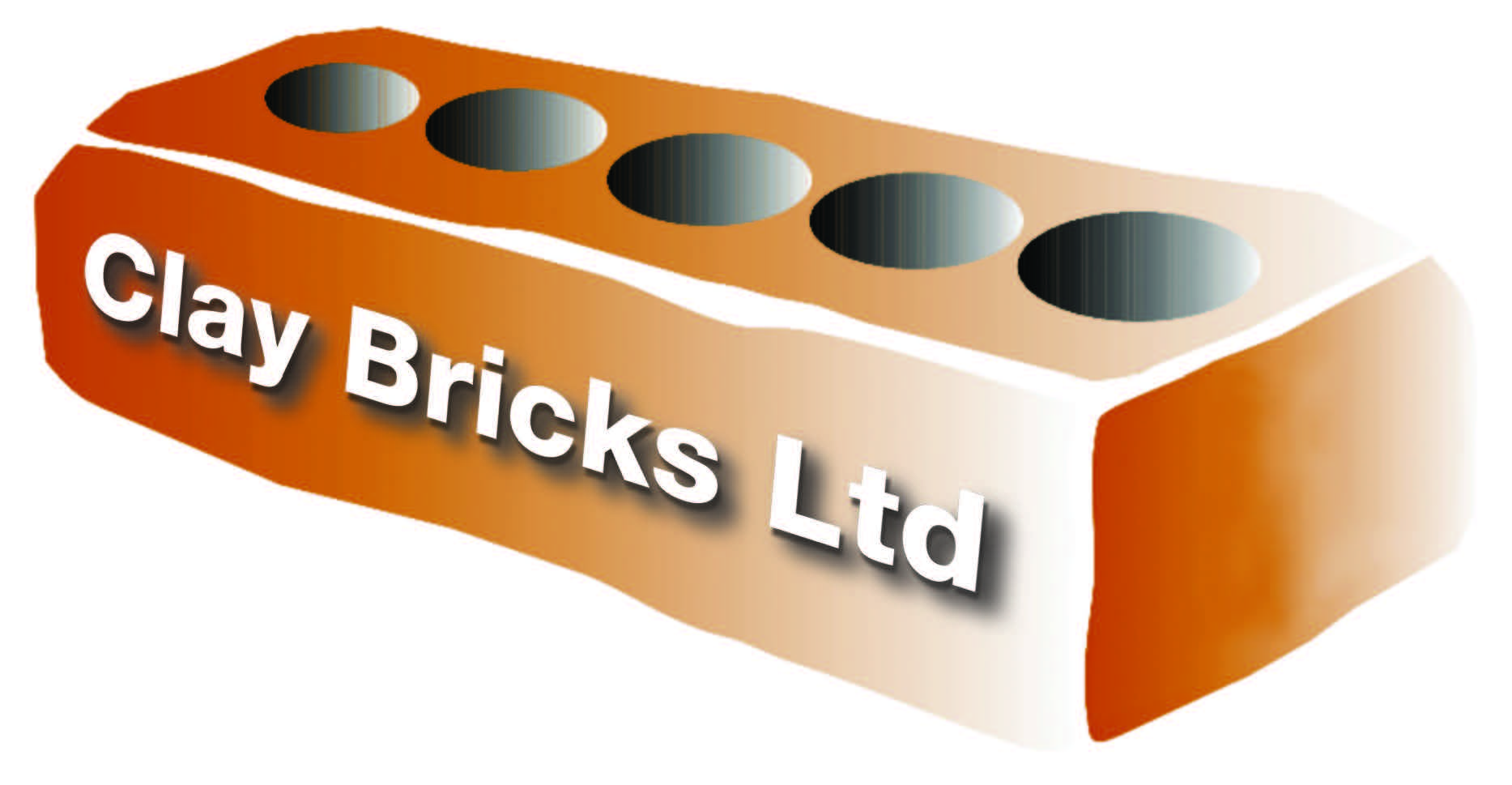‘Mortar joint’ is the term for the space of mortar between bricks. According to NZS4210:2001 the
average thickness of a mortar bed, cross or perpend joint should be 10mm +/- 3mm. A joint thickness
of up to 20mm may be accepted on the bottom course to accommodate any slab level issues.
While the thickness of mortar needs to ensure that an adequate seal and bond is achieved, the
mortar joint itself also provides an aesthetic value to the brick veneer. Different looks and
weather tight properties can be achieved by creating different patterns in the mortar joint.
Varying mortar joint styles are created by bricklayers by running jointers, rakes or beaders across
the mortar before it sets to achieve the desired look.
The most common mortar joint types are – grooved, weathered, veed, raked, extruded or flush.
GROOVED JOINT – Also known as Concaved or rolled. This type of joint is formed by using a curved
steel jointing tool. Its recessed profile and tight seal mean that it is very effective at
resisting moisture penetration. This type of joint can be good for hiding small irregularities.
Should be tooled to a maximum depth of 6mm after initial stiffening has occurred. The delay of
tooling is vital if a tight weatherproof joint is to be produced in horizontal but particularly,
vertical joints. It is recommended that all slurry coated bricks should use a grooved joint.
WEATHERED JOINT – The mortar forms a joint that is recessed from the bottom to the top. This type
of joint can give brickwork a neat, ordered appearance. While not as weathertight as Grooved and
Veed joints, it can be used on external walls and should be tooled to after initial stiffening has
occurred. The delay of tooling is vital if a tight weatherproof joint is to be produced in
horizontal but particularly, vertical joints.
VEED JOINT – This type of joint is formed with a V-shape jointer (or trowel). This type of joint
can be good for hiding small irregularities. This joint has good weathertight properties. Should be
tooled to a maximum depth of 6mm after initial stiffening has occurred. The delay of tooling is
vital if a tight weatherproof joint is to be produced in horizontal but particularly, vertical
joints.
RAKED JOINT – For this type of joint the mortar is raked out and once pointed and tooled shall not
exceed a maximum depth of 6mm. It is important to compact the mortar to improve its weather tight
performance, this design creates a form of ledge where water can pool.
EXTRUDED JOINT – This type of joint is formed without tooling. It is caused naturally as excessive
mortar squeezes out between the bricks. Exposure to weather may degrade an Extruded joints
appearance.
FLUSH JOINT – The Brick and Blocklayers Federation does not recommend the use of flush joints
unless they are compacted. If the mortar is flush jointed and not compacted it can lead to the
following issues:
• When veneer is to be honed, the mortar can ‘flick’ out with honing process.
• When brick is to be plastered it can lead to hairline cracking in the plaster where the
outline of the brick can be seen.
The type of brick selected plays a part in which type of mortar joint will work best. Straight
edged bricks with a ‘Vitratectm ‘or ‘slurry’ coat must use grooved (rolled) joints whereas colour
through bricks with rumbled edges are better with raked joints.
It is important to adhere to the recommendations of your brick manufacturer when deciding on
which type or mortar joint to use.
You can read the next section here:








